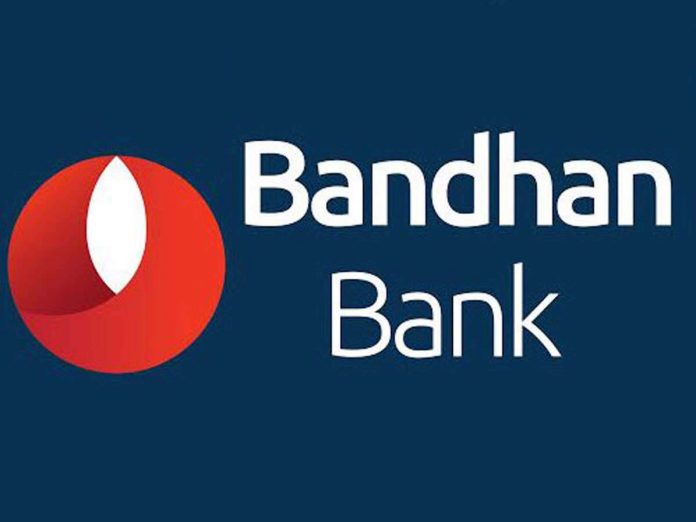Bandhan Bank Ltd., an Indian micro-financier decided to expand its lending and tap more rural markets particularly to fix its position as the most profitable lender of the nation, after the refinement of loan repayments.
Chandra Shekhar Ghosh, Founder and Chief Executive Officer of Bandhan Bank commented that rural India is untapped and people in such markets are not in an ample position to get credit services. As the business needs of people in the rural market are increasing, Bandhan Bank found it an appealing opportunity to remain as a profitable lender by tapping rural markets selectively.
The bank plans to preserve a 4% return on assets through diversification. Their main intention is to lend money to the least risky sectors such as gold loan, providing home loans, and car loans. He added that at present the unsecured microfinance loan book of the lender stands at around 62%.
In August, the bank had secured $1.4 billion from various investors including BlackRock Inc. and Singapore’s GIC Pte. Ghosh said that he had anticipated the repayment levels to be returned to ‘normal’ in the next three months after an increment to 95% from October. But during the early months of lockdowns, collections had decreased to around 75%.
Two months back in a statement, Ghosh said that despite the increment in repayments, the ongoing COVID-19 pandemic could slow down the loan growth of Bandhan Bank to 20% this year, from an average of more than 30% in the last three years.
The latest capital raise happens after the declaration of the central bank to restrict branch expansion by Bandhan Bank. It was because they had failed to reduce its stake to the target of 40% last year. Now, the profitability metrics of Bandhan Bank are highest among the Indian lenders and these metrics include return on assets and return on equity.
Bandhan Bank was formerly engaged in doing business with small borrowers for almost two decades. It can be the tea-vendors, vegetable sellers, etc. and they were considered to be the grant-receiving microlender between 2001 and 2009. After that, they had acquired a formal license to work as a shadow lender. Recently in 2015, they had got approval to operate as a fully-fledged bank. Conversion into a fully-fledged bank had helped them to maintain a relatively low-cost deposit base with a high-yielding lending business to micro borrowers, thus promoting its margins.

